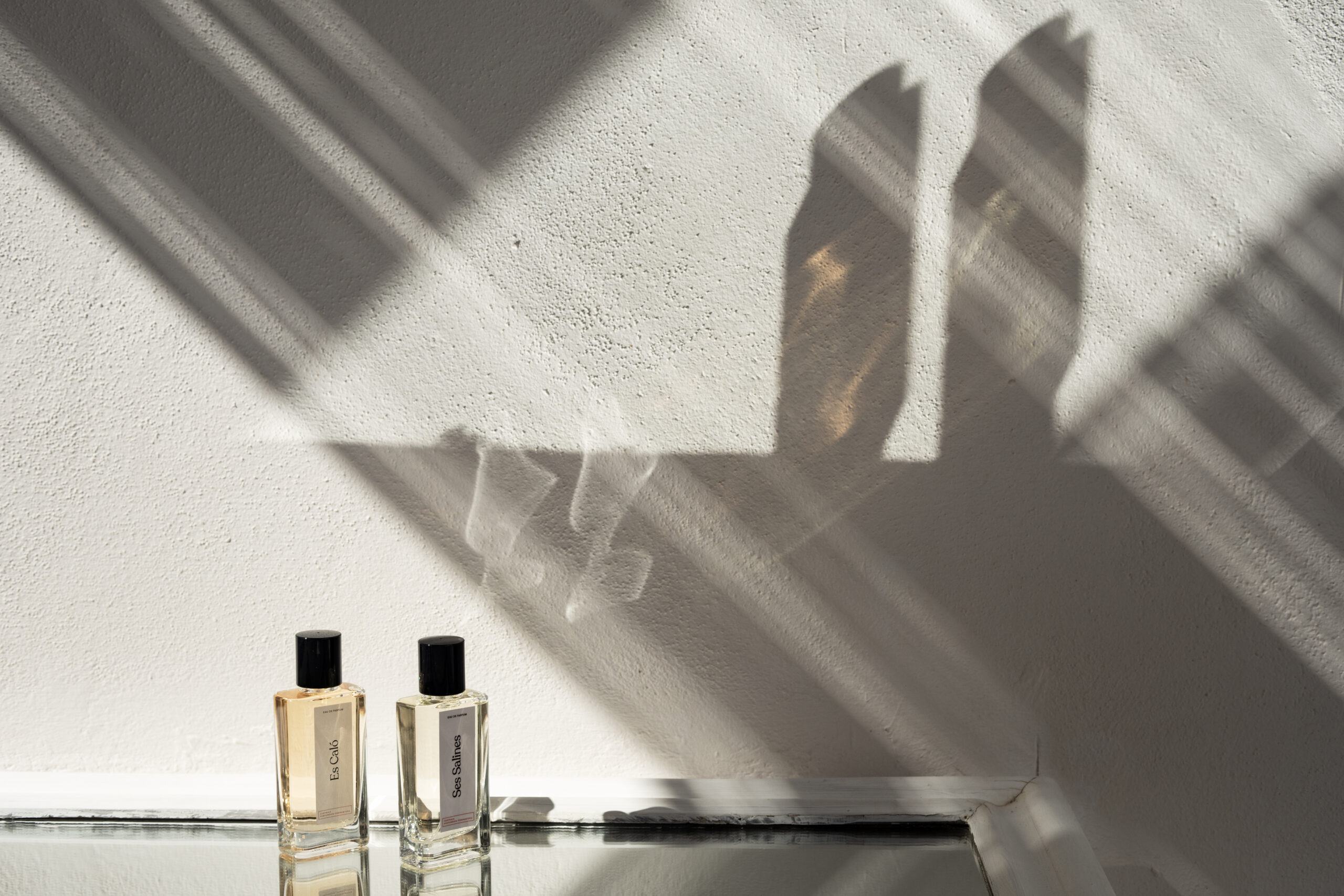PERFUME DEFINITION & STRUCTURE
A perfume is an aromatic composition whose natural ingredients - essences - and synthetic - organic products - are combined with each other in order to provide the sense of smell with suggestive and pleasant sensations.
Each of the components of the perfume has a specific olfactory function in the aromatic set, so that when we smell we feel very complex sensations; from the most ethereal, soft, fresh and natural notes to the deepest, enveloping, dense, tenacious and penetrating ones. The perfume is a balanced and weighted succession of "odors" that constitute a harmonious whole.
From the same definition it follows that the fundamental characteristic of aromatic substances is their volatile nature. For obvious reasons, non-volatile products are odourless. The volatility of the components of a perfume is not uniform, some substances are more volatile than others. The sense of smell perceives odors in order of volatility. This characteristic is so important that it is precisely the cornerstone on which the framework or structure of the perfume is based. This structure, globally, is considered to be made up of three phases: top, heart and base.
The most volatile molecules are, obviously, those with the lowest molecular weight and, on the contrary, those with the highest molecular weight will always be the most tenacious, that is, the least volatile. This physical-chemical characteristic is translated at the level of olfactory perception into sensations that, empirically, are defined with words that, although inappropriate, are the resource that best expresses the olfactory effect.
Words commonly used in the definition of olfactory sensations such as "soft, ethereal, fresh, clean" refer to the most volatile fraction, and others such as "warm, dense, heavy, persistent or tenacious" are synonymous with the fraction less volatile.
The perfume is a balanced and weighted succession of scents that constitute a harmonious whole.
THE STRUCTURE
The structure of the perfume is conditioned by the volatility of the components. The fresh sensations - TOP - are the first to be perceived, followed by the middle notes - HEART - and, at the end, the BASE notes that confer dense and tenacious sensations.
Most volatile fraction, Departure, “Head/Top” notes Fresh, ethereal and natural sensations. Citrus components.
Average volatility fraction, “Heart/middle” notes Central part. Wild, floral and fruity sensations.
Notes of fixation, character and persistence, “Base” notes More tenacious and less volatile fraction.
Dense, wide, warm and tenacious sensations.

